Signs a baby is choking: what to do
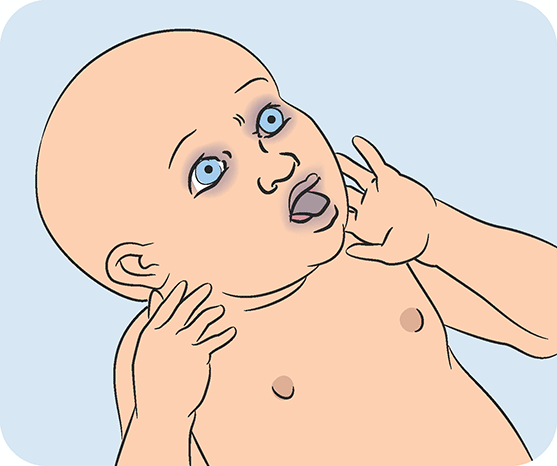
Signs a baby is choking include distress, coughing, gagging, noisy breathing, difficulty breathing, no sounds, paleness, changed face or lip colour, and loss of consciousness.
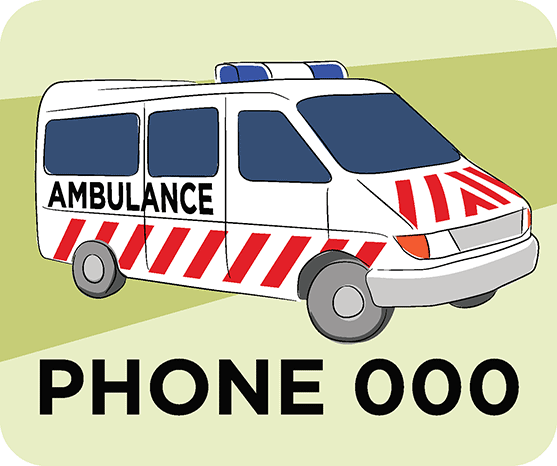
If a baby shows any signs of choking, phone 000 immediately. Follow the steps to clear a blockage, shown next. The operator will stay on the line to help you.
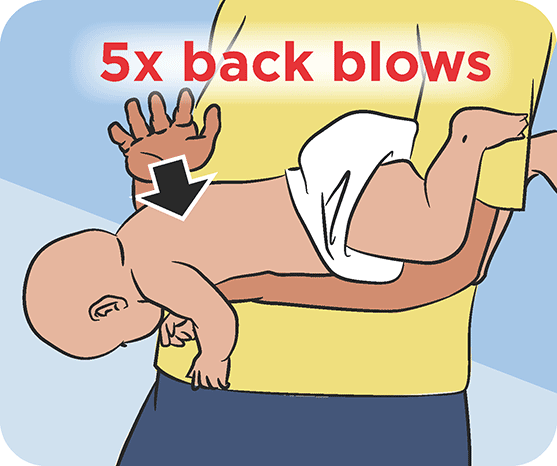
Lay the baby face down along your forearm or thigh. With the heel of your hand, give a firm back blow between the shoulder blades. Give up to 5 back blows. Look in the baby’s mouth between each blow to check whether the blockage has cleared.
Choking first aid: next steps

If the blockage hasn’t cleared, lay the baby on their back on a firm surface. Put 2 fingers in the centre of the chest between the nipples. Give up to 5 firm, quick chest thrusts. Look in the baby’s mouth between each thrust to check whether the blockage has cleared.
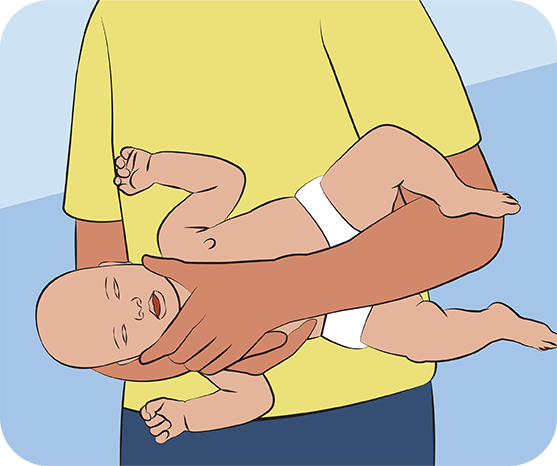
Continue to alternate 5 back blows with 5 chest thrusts until the blockage has cleared. Once the blockage has cleared, put the baby into the recovery position on their side with their head tilted down. Stay with the baby until emergency help arrives.
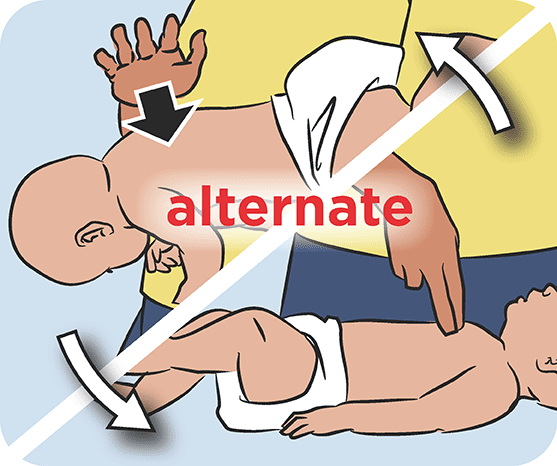
If the baby is still choking, alternate 5 back blows and 5 chest thrusts until emergency help arrives. If the baby becomes unconscious, start baby CPR.
Choking prevention
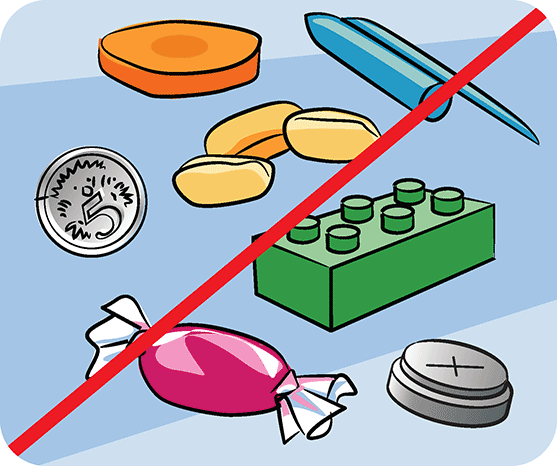
Babies can choke on anything smaller than a 20-cent piece. Keep small objects out of reach. Check the floor by getting down to the baby’s height and looking around.
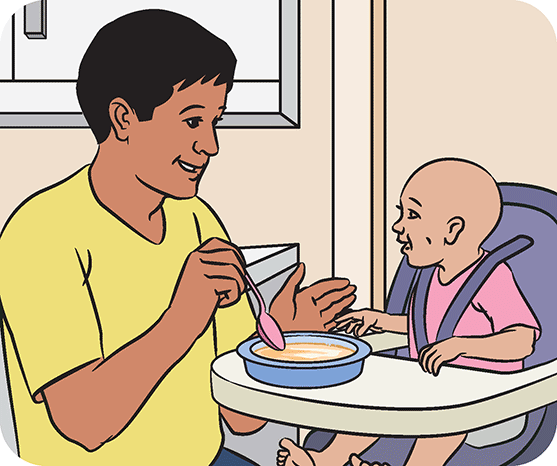
Always supervise babies while they’re eating solid food. Keep food pieces small. Cook, grate or mash hard food like hard fruits and vegetables. Avoid whole nuts and other hard foods.
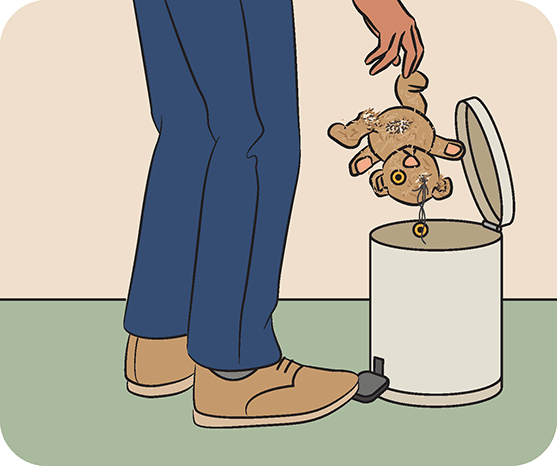
Always follow the age recommendations on toys. Avoid toys with small parts, breakable parts, brittle surfaces or button batteries. Check toys for exposed stuffing and loose screws and buttons.
Languages other than English
- Arabic (PDF: 717kb)
- Dari (PDF: 713kb)
- Dinka (PDF: 928kb)
- Hakha Chin (PDF: 928kb)
- Karen (PDF: 876kb)
- Persian (PDF: 710kb)
- Simplified Chinese (PDF: 828kb)
- Swahili (PDF: 904kb)
- Tamil (PDF: 947kb)
- Vietnamese (PDF: 926kb)